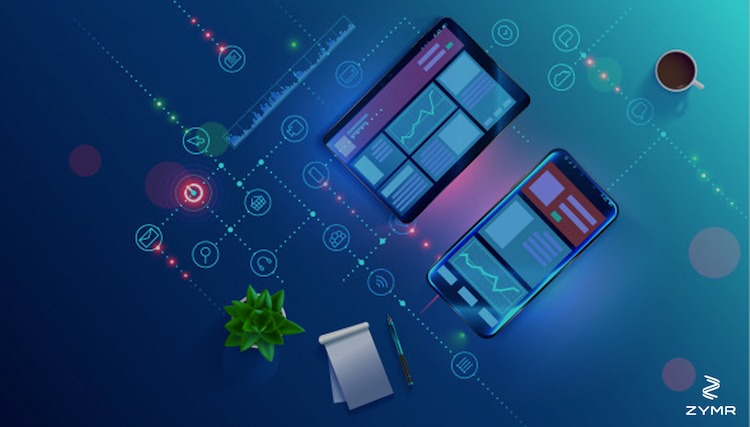
Mobile app design and development is a rapidly growing field as mobile devices become more ubiquitous and consumers increasingly rely on them for everything from communication to entertainment to productivity. In this blog post, we will provide a detailed overview of mobile app design and development, including key principles, best practices, and tools and technologies.
Mobile App Design
Mobile app design is the process of creating the look and feel of a mobile application. The goal of mobile app design is to create an intuitive and visually appealing interface that allows users to accomplish their goals with ease. The following are some key principles of mobile app design:
User-Centered Design: Mobile app design should always prioritize the user experience. The app should be designed with the user in mind, taking into consideration their goals, needs, and preferences.
Consistency: A mobile app should have a consistent design across all screens and interactions. This means using the same color scheme, typography, and visual style throughout the app.
Simplicity: Mobile apps should be simple and easy to use. Avoid clutter and unnecessary features that can overwhelm users.
Navigation: Navigation within a mobile app should be intuitive and easy to understand. Users should be able to easily find what they are looking for without having to search through multiple screens.
Performance: A mobile app should be fast and responsive. Slow load times and laggy interactions can frustrate users and lead to lower adoption rates.
Best Practices in Mobile App Design
In addition to these key principles, there are several best practices that can help ensure the success of a mobile app design. Some of these include:
Mobile-first Design: Mobile app design should be optimized for mobile devices, taking into consideration the smaller screen size and touch-based interactions.
Use Gestures: Gestures can make interactions within a mobile app more intuitive and natural. For example, swiping left or right can be used to navigate between screens, while pinch-to-zoom can be used to zoom in on images.
Consistent Branding: Mobile app design should reflect the brand identity of the company or organization that is creating it. This means using consistent branding elements such as colors, fonts, and imagery.
Responsive Design: Mobile app design should be responsive, meaning it should adapt to different screen sizes and orientations. This ensures that the app looks and functions properly on all devices.
Accessibility: Mobile app design should be accessible to all users, including those with disabilities. This means using clear and simple language, providing alternative text for images, and ensuring that the app can be used with assistive technologies.
Mobile App Development
Mobile app development is the process of building a mobile app. This involves writing code, designing and implementing the user interface, and integrating backend services and APIs. There are several key stages in the mobile app development process:
Planning: In the planning stage, the app idea is defined, and the key features and functionality are outlined. This stage may also involve conducting user research and creating user personas to inform the design.
Design: In the design stage, the user interface is created, and the visual design elements are implemented. This stage may also involve creating wireframes and prototypes to test the design with users.
Development: In the development stage, the code is written, and the app is built. This may involve integrating with third-party services and APIs, such as social media platforms or payment gateways.
Testing: In the testing stage, the app is tested for bugs and errors, and the user experience is evaluated. This may involve manual testing by the development team, as well as user testing to gather feedback.
Launch: In the launch stage, the app is released to the app store or other distribution channels. This may involve marketing and promotion to generate awareness
Regenerate response
